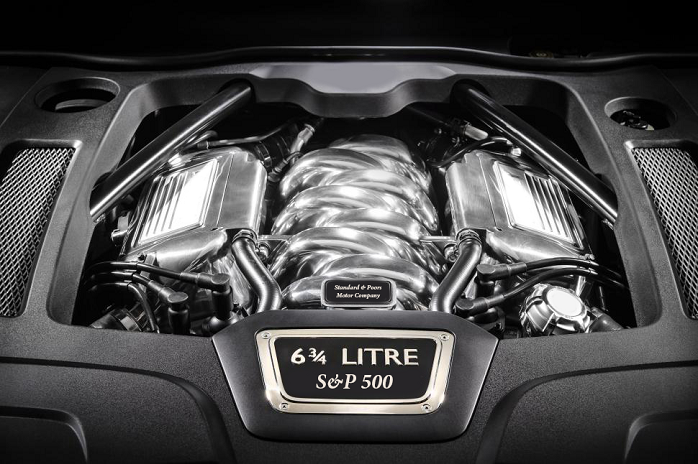Related Categories
Related Articles
Articles
S&P 500 (Under the hood)
All cylinders firing at the same time? (cylinders being here ALL the big sectors of the economy); Definition: The S&P 500 stands for the Standard and Poor's 500. It is a stock market index that tracks the 500 most widely held...

...stocks on the New York Stock Exchange or NASDAQ. It seeks to represent the entire stock market by reflecting the risk and return of all large cap companies. The index is designed to measure the performance of the broad domestic economy through changes in the aggregate market value of 500 stocks representing all major industries.
How It Works
The S&P 500 tracks the market capitalization of the companies in its index. Market capitalization is the total value of all the shares of stock a company has issued. It captures 80% of the total market cap.
To be included in the S&P 500, a company must be a U.S. company with a market cap of at least USD 5.3 billion. At least 50% of its stock must be available to the public. Its stock price must be at least USD 1 per share.
The S&P 500 reflects the industries in the economy. The sector-split in the S&P 500 being: Information Technology, Financial, Energy, Industrials, Consumer Staples, Consumer Discretionary, Materials, Utilities and Telecom Services.
The S&P 500 has fewer large cap stocks than the Dow Jones Industrial Average. The Dow tracks the share price of 30 companies which best represent their industries. Its market capitalization accounts for nearly one-quarter of the total U.S. stock market. (But) the Dow is the most quoted market indicator in the world. The S&P 500 also has less technology related stocks than the NASDAQ. All of these stock indices move pretty closely together.
History and Ownership
The S&P 500 was created in 1957 by Standard & Poor. McGraw-Hill acquired it in 1966. The S&P Dow Jones Indices owns it now. That is a joint venture between McGraw Hill Financial, CME Group, and News Corp, the owner of Dow Jones. The S&P Dow Jones Indices publish over one million indices. (Source: History, Standard & Poor). The index itself was developed with a base level of 10 for the 1941-43 base period.
How to Use the S&P 500...
"as a leading benchmark"
The S&P 500, like any measurement of the stock market, is often used as an leading economic indicator of how well the U.S. economy is doing. If investors are confident in the economy, they will buy stocks. Some experts believe the stock market can often predict by about six months what the savviest investors think the economy will be doing.
Still: The S&P 500 only measures U.S. stocks. One should also keep an eye on foreign markets, like Europa, but especially emerging markets like China and India.
But then there is also the "even more" complete S&P 500
called the S&P 500 Total Return Index
This Index "SPXTR" gives -especially- the Long-Term-Investor a better picture of the Stock-Market development over a longer time, since dividends also form a part of the yearly return for the investor. Since the "normal" S&P 500 does NOT include this dividend payments, they are included in the S&P 500 Total Return Index. Therefore it is only possible to compare the S&P 500 TR (SPXT in the following chart/weekly updated) to the DAX (since the German DAX is always/normally displayed as a Performance-Index - therefore including all the yearly dividend payments). Otherwise you would compare Apples with Oranges, Bananas, etc...
links:
http://us.spindices.com/indices/equity/sp-500
www.thebalance.com/what-is-the-sandp-500
www.uniocapital.com/in-perspective
picture/original size https://static1.squarespace.com/static



